Description
OJI Mini Invisible RFID Electronic Card Cabinet Lock (Kr-S61)
RFID Electronic Card Cabinet Lock, OJI Mini Invisible Electronic RFID Card Cabinet Lock is the smaller version of the OJI Invisible cabinet lock. Install it inside drawers, cabinets, furniture for easy access.
Features:
Buzzer, voltage, lock mode, configuration, alarm, user, managers, lock/unlock
Modular construction
Multiple strike plates/hook options for various applications
Unlock mode: Mifare card
RFID Electronic Card Cabinet Lock
Unlock Mode:
Can be unlocked with IC/ID user cards / FOBs, Tags (Various options available).
Mifare cards easily access the sensor through up to 30mm of hardwood or glass.
Suitable for public mode, limited public mode, and private mode function
It can be set to auto-unlock / initialization at fixed times
Each lock features spring releases that will give the drawer, cabinet, etc. a push to open itself, no handle needed.
Power Source:
4* AAA batteries power the unit with a working battery life of up to 25,000 cycles and up to 15 months.
If battery life starts to get low, a low voltage alarm will sound and a light will flash to indicate a battery change is necessary.
Emergency power supply: the lock has a 3.5mm socket for power supply.
Easy to install:
Easy to follow setup instructions included will guide you to use the programming manager key to activate your user cards and FOBs
All stress points are reinforced with stainless steel.
No PC necessary to activate user cards! No mortising required.
Instructions and screws are included.
Uses or Applications:
Can be installed in horizontal or vertical format (90 degrees or 180 degrees)
Ideal for Hidden RFID Lock is Ideal for cabinet drawers, shop displays, gym lockers, hidden drawers.
Colours available:
Black, White, Stainless steel color
RFID Electronic Card Cabinet Lock
Introduction:
RFID (Radio Frequency Identification) technology has revolutionized many industries and has become increasingly popular over the years. The technology allows the wireless transfer of data between a reader and an RFID tag, which can store and transmit information. One of the applications of RFID technology is in security systems, where RFID electronic card cabinet locks are widely used. This article will explore the working principles, advantages, and limitations of RFID electronic card cabinet locks.
Working Principle:
An RFID electronic card cabinet lock consists of two parts: an RFID reader and an RFID tag. The RFID tag is a small electronic device that stores information and can be embedded in a card, key fob, or other objects. The RFID reader emits a low-frequency radio signal that powers up the RFID tag when it comes within range. The RFID tag responds by sending back the stored information, which the reader can interpret and use for authentication purposes.
In an RFID electronic card cabinet lock, the RFID reader is installed on the outside of the cabinet, while the RFID tag is embedded in a card or key fob that is carried by the authorized person. When the authorized person approaches the cabinet with their card or key fob, the RFID reader emits a signal that powers up the RFID tag. The tag responds by sending back the stored information, which the reader interprets and verifies against the authorized person’s information stored in the system. If the information matches, the lock opens, and the authorized person can access the contents of the cabinet.
Advantages:
RFID electronic card cabinet locks offer several advantages over traditional lock-and-key systems. Some of these advantages include:
- Convenience: With RFID electronic card cabinet locks, authorized persons can access the contents of the cabinet without the need for a physical key. They only need to carry their RFID card or key fob with them, making the process more convenient and efficient.
- Security: RFID electronic card cabinet locks offer higher security levels than traditional lock-and-key systems. RFID tags are difficult to duplicate, and the system can be programmed to allow only authorized persons to access the cabinet.
- Audit Trail: RFID electronic card cabinet locks can be integrated with an access control system, which allows for an audit trail of who accessed the cabinet and when. This information can be used for accountability purposes and to identify potential security breaches.
- Flexibility: RFID electronic card cabinet locks can be programmed to allow multiple users access to the same cabinet, with varying levels of access. For example, a supervisor may have full access to the cabinet, while a lower-level employee may only have access to certain compartments.
- Durability: RFID tags are durable and can withstand harsh environmental conditions, making them suitable for use in a variety of industries.
Limitations:
Despite their advantages, RFID electronic card cabinet locks also have some limitations that should be considered before implementation. Some of these limitations include:
- Cost: RFID electronic card cabinet locks can be more expensive than traditional lock-and-key systems, especially when implementing them in multiple locations.
- Power Source: RFID electronic card cabinet locks require a power source to operate, which can be a limiting factor in certain situations.
- Range: The range of RFID readers can be limited, which can be a problem in large cabinets or cabinets with thick walls.
- Interference: Radio interference from other sources can disrupt the signal between the RFID tag and the reader, causing authentication problems.
Conclusion:
RFID electronic card cabinet locks are an effective and efficient way to secure cabinet contents and allow for convenient access for authorized users. They offer many advantages over traditional lock-and-key systems, including higher security levels, an audit trail, and flexibility. However, they also have limitations, such as cost, power source requirements, limited range, and potential interference. When considering implementing RFID electronic card cabinet locks

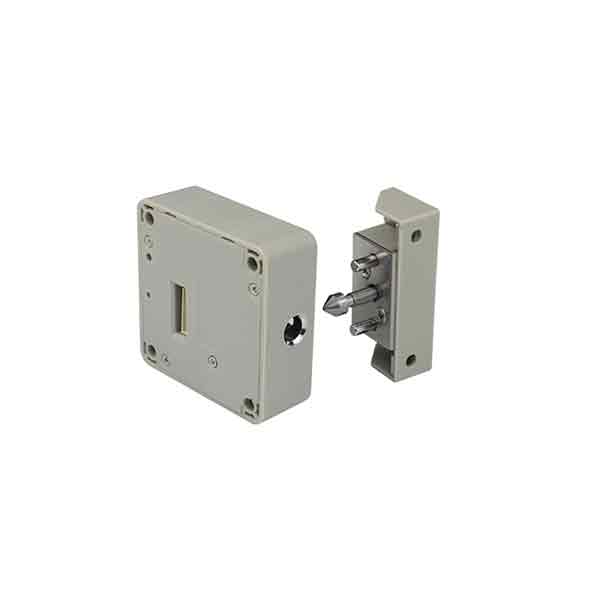


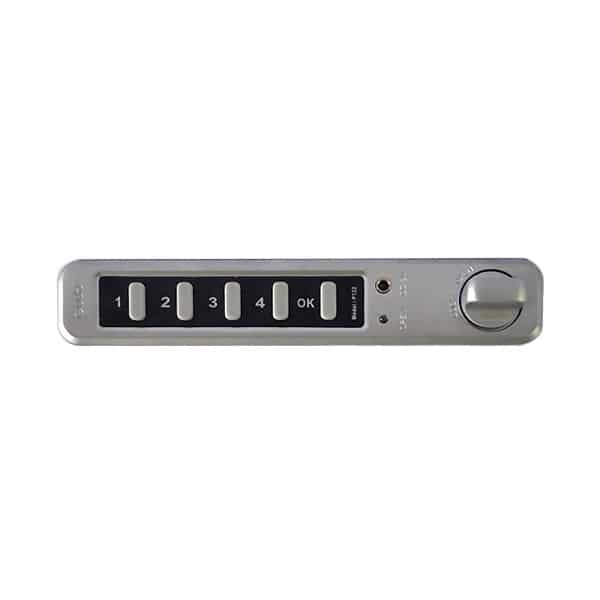
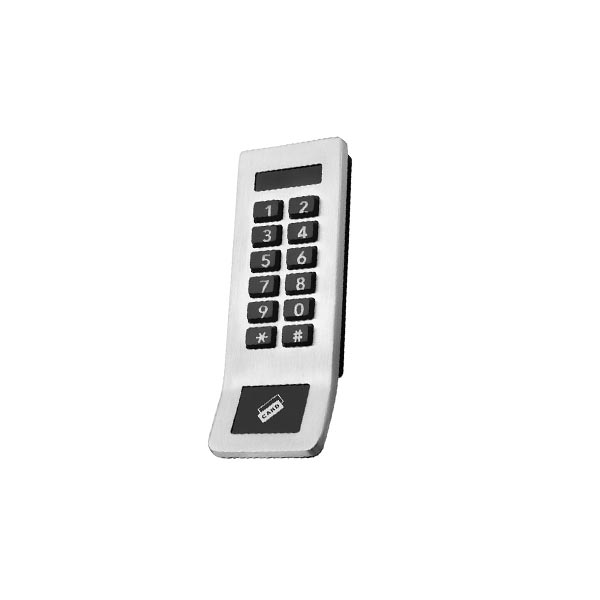
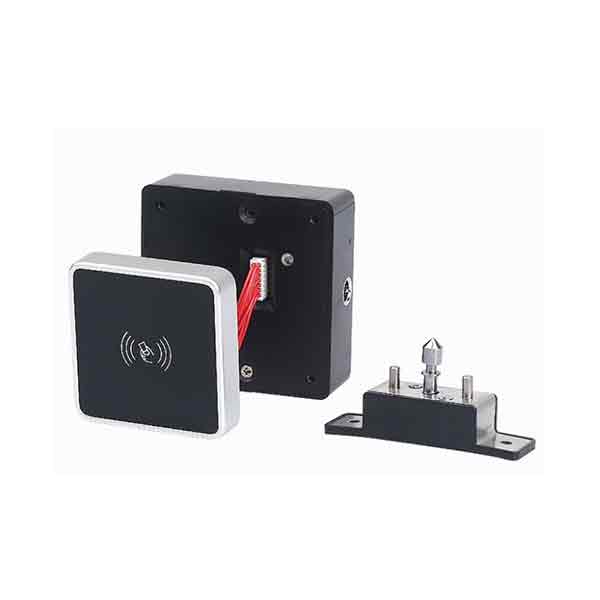
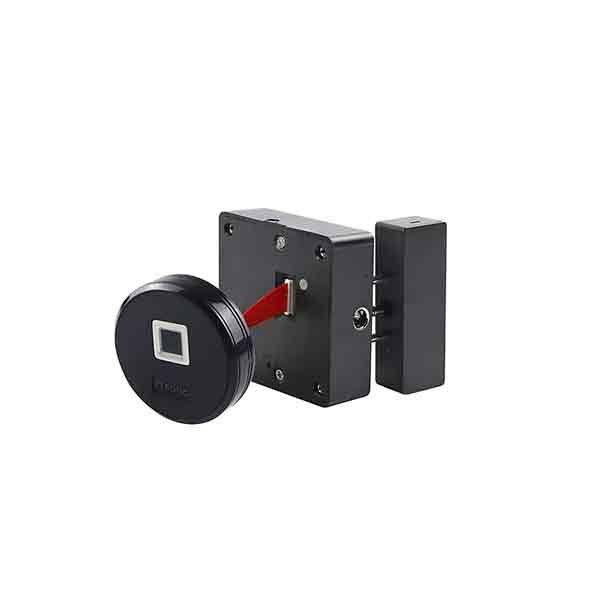
Reviews
There are no reviews yet.